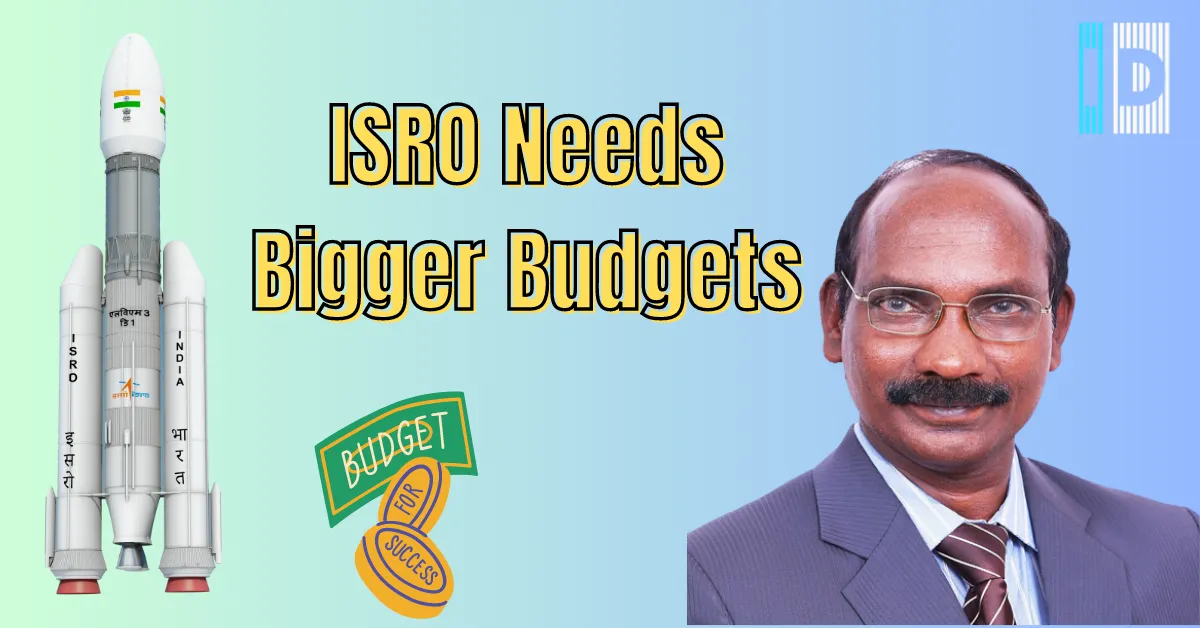ISRO, India’s premier space agency, has accomplished remarkable feats on a shoestring budget compared to other major space agencies worldwide. However, its former chairman K Sivan recently stated that for ISRO to achieve more ambitious goals and advance space technology, it needs more powerful rockets and increased funding.
ISRO has a long history of frugal innovation, delivering world-class space missions at a fraction of the cost of other countries. For example, ISRO’s Mars Orbiter Mission in 2014 cost around $75 million, far less than the $671 million price tag for NASA’s MAVEN Mars project launched in the same year. When ISRO launched 104 satellites in one go in 2017, it highlighted the agency’s capabilities on minimal budgets.
ISRO’s Budgets Dwarfed by Other Space Agencies
 You will find more infographics at Statista
You will find more infographics at Statista
However, India’s space agency operates on an annual budget of around $1.9 billion, just a tiny fraction of NASA’s $23 billion. In fact, ISRO’s finances are dwarfed by the budgets of space agencies in China ($8 billion), Russia ($3 billion), Japan ($2.5 billion), and Europe ($6.6 billion). Critics argue that ISRO punches above its weight currently, but it cannot sustain meaningful technological progress on such limited funding forever.
Why ISRO Needs Bigger Budgets
The key reason behind ISRO’s financial constraints is that the Indian government does not provide as high priority to its space program compared to economic development and social welfare initiatives. However, space technology and exploration provide intangible benefits beyond direct financial returns. When ISRO accomplishes audacious missions, it boosts national pride and global prestige for India. The entire country feels a collective sense of achievement when an Indian robot lands on the lunar surface or Indian astronauts enter space.
Former ISRO chairman K Sivan rightly states that bigger rockets with more launch power will be needed if India wants to undertake advanced interplanetary travel and establish a stronger presence in space. This will require extensive research, testing of new propulsion systems, and continuous innovation. All of this necessitates larger budgets for ISRO. Otherwise, it risks stagnating and being overtaken by other space-faring nations.
Time for Greater Public-Private Partnerships
Perhaps India could consider greater private and public participation in funding ISRO’s future projects. Individual and corporate donors may be willing to contribute to India’s space program through philanthropic grants and sponsorships. After all, Bollywood films costing hundreds of crores get funded all the time in India. Surely the country’s aspirational space agency deserves similar support from citizens who want to see India as a world leader in science and technology.
In summary, ISRO must leverage its impressive track record and push for larger budgets and bigger rockets. This will enable ISRO to speed up the indigenization of space technology and launch advanced missions that establish India firmly as a space superpower. The returns from such investments in cutting-edge space research will enrich India strategically, technologically and economically.










